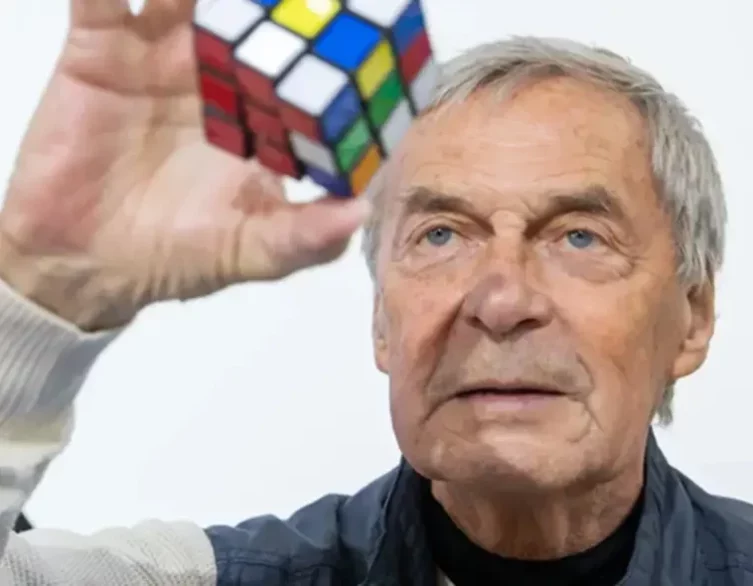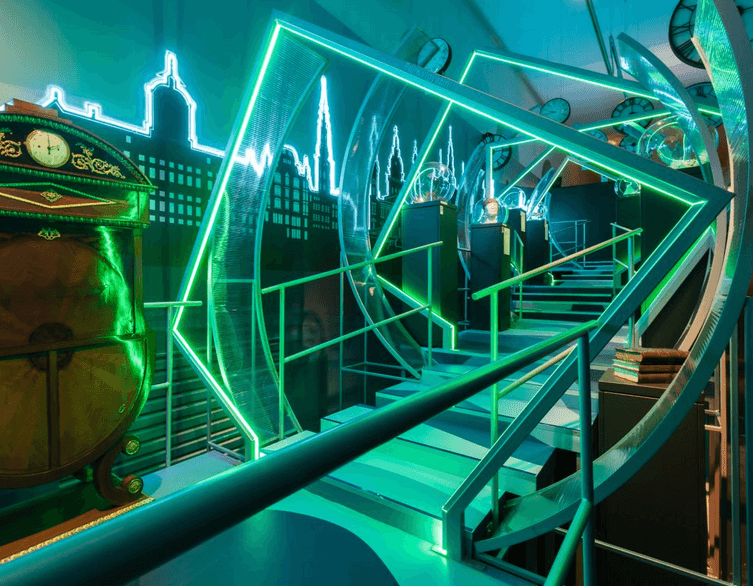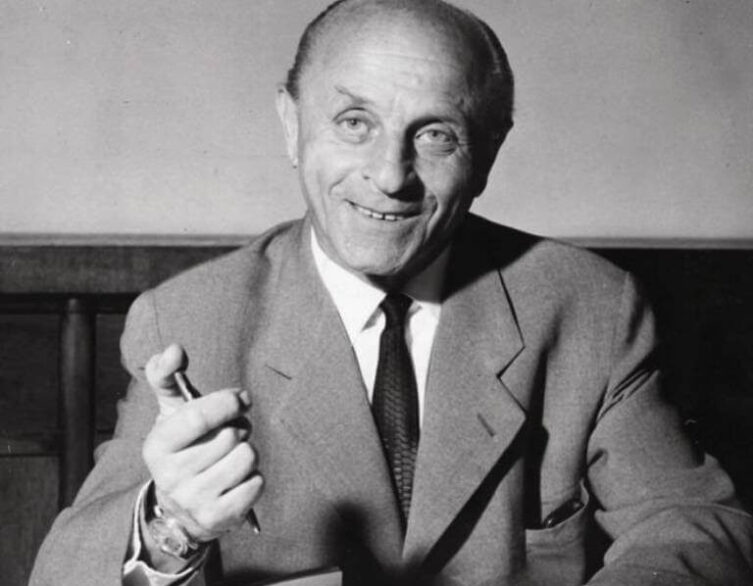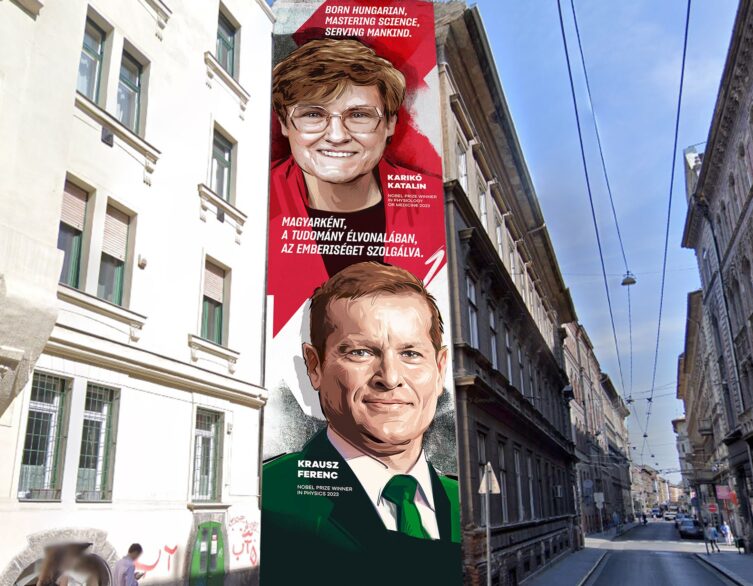Celebrating Hungarian Innovation: Yesterday’s Hungarian Inventors’ Day in Budapest

Yesterday marked a special celebration in Budapest that many visitors might have missed – Hungarian Inventors’ Day, observed every June 13th throughout Hungary. This fascinating national holiday offers a perfect glimpse into the brilliant minds that have shaped our modern world, many of whom called Budapest home.
The Story Behind the Date
The choice of June 13th for this celebration isn’t arbitrary. It commemorates the day in 1941 when Albert Szent-Györgyi, the first Hungarian Nobel Prize winner born in Budapest, announced his groundbreaking discovery of a method for producing stable, high-vitamin C preparations. This biochemist’s work didn’t just earn him international recognition – it laid the foundation for modern nutritional science and antioxidant research that continues to benefit millions today.
The holiday itself began in 2009, initiated by the Hungarian Inventors’ Association to fill a gap in the country’s calendar of commemorative days. While many countries had long celebrated their innovators, Hungary was surprisingly late to formally recognize its remarkable contribution to global innovation.
Hungarian Genius That Changed Your Daily Life
What makes Hungarian Inventors’ Day particularly fascinating for visitors is discovering how deeply Hungarian innovation has penetrated everyday life around the world. Walking through Budapest today, you’re surrounded by the legacy of minds that revolutionized everything from how we write to how we compute.
Best deals of Budapest
The Digital Revolution’s Hungarian Roots
Perhaps no Hungarian inventor has had a more profound impact on the modern world than John von Neumann. His work on stored-program computing and binary code forms the theoretical foundation of every smartphone, laptop, and digital device you carry. From the GPS guiding you through Budapest’s winding streets to the camera capturing your vacation photos, von Neumann’s principles make it all possible. His contributions extend beyond personal devices – they’re the backbone of artificial intelligence, the internet, and automation systems that power our increasingly connected world.
The Simple Genius of Everyday Objects
While von Neumann’s work might seem abstract, László Bíró’s invention touches billions of lives daily in the most tangible way possible. The ballpoint pen, with its revolutionary rolling ball mechanism and liquid ink system, democratized writing worldwide. Before Bíró’s innovation, writing was messy, expensive, and often unreliable. His simple yet brilliant solution has sold billions of units globally, making it arguably the most widely used Hungarian invention ever created.
Play, Learning, and Cultural Impact
Ernő Rubik’s cube represents a different kind of genius – one that bridges entertainment, education, and art. This three-dimensional puzzle, based on symmetry and spatial reasoning, became far more than a toy. It evolved into an educational tool, a competitive sport known as speedcubing, and a pop culture icon so beloved that Budapest has immortalized it in street art. With over 350 million units sold, the Rubik’s cube transcends language barriers and cultural differences, uniting puzzle enthusiasts worldwide.
Health and Wellness Foundations
Szent-Györgyi’s work with vitamin C isolation represents the intersection of Hungarian innovation and global health. His research didn’t stop with vitamins – he dedicated his later years to cancer research, driven partly by personal tragedy when his second wife and only daughter succumbed to the disease. His identification of free radicals’ role in cancer development and vitamins’ antioxidant properties became fundamental to modern nutritional science and preventive medicine.
A Legacy of Innovation Continues
Yesterday’s celebration comes at a particularly significant time for Hungarian science. The Hungarian Parliament has declared 2025 and 2026 as the years of Hungarian science, commemorating the 200th anniversary of the Hungarian Academy of Sciences and its library. This designation highlights Hungary’s ongoing commitment to scientific excellence and innovation.
The tradition continues with contemporary Hungarian Nobel laureates like Ferenc Krausz, recognized for his work with attosecond light pulses that help examine electrons and atoms, and Katalin Karikó, whose mRNA vaccine research proved crucial during the global pandemic. These modern innovators carry forward the same spirit of curiosity and determination that characterized their predecessors.
Beyond the Famous Names
While the big names capture headlines, Hungarian innovation extends into countless specialized fields that quietly improve lives worldwide. From Ferenc Pavlics’s contributions to lunar rover technology to Mária Telkes’s pioneering work in solar energy and thermal storage, Hungarian minds have consistently pushed boundaries across diverse scientific disciplines.
The engineering world owes much to József Jáky, whose work made soil mechanics testing mandatory in construction projects – a safety measure that protects buildings and infrastructure globally. Meanwhile, István Lindmayer’s high-pressure, needle-free injection devices revolutionized medical procedures, making treatments more comfortable and accessible.
A Source of National Pride and Global Inspiration
For Hungarians, Inventors’ Day represents more than historical recognition – it’s a celebration of national identity and intellectual achievement. Despite Hungary’s relatively small size, its disproportionate contribution to global innovation has enhanced the country’s international reputation and demonstrated the power of Hungarian creativity and knowledge on the world stage.
The holiday also serves an important educational purpose, inspiring young Hungarians to pursue careers in science, technology, engineering, and mathematics. In our rapidly evolving digital age, where artificial intelligence, sustainability, and medical breakthroughs dominate headlines, Hungary continues fostering the next generation of innovators.
Discovering Innovation in Budapest
For visitors to Budapest, understanding this legacy adds depth to exploring the city. The Hungarian National Museum houses Szent-Györgyi’s Nobel medal, while various institutions throughout the city continue the tradition of research and innovation that made yesterday’s celebration possible.
As you navigate Budapest using your smartphone, jot down notes with a ballpoint pen, or perhaps pick up a Rubik’s cube as a souvenir, remember that you’re experiencing the tangible legacy of Hungarian genius. Yesterday’s Hungarian Inventors’ Day wasn’t just about honoring the past – it was about recognizing how Hungarian innovation continues to shape our present and future, one brilliant idea at a time.
Related news






















